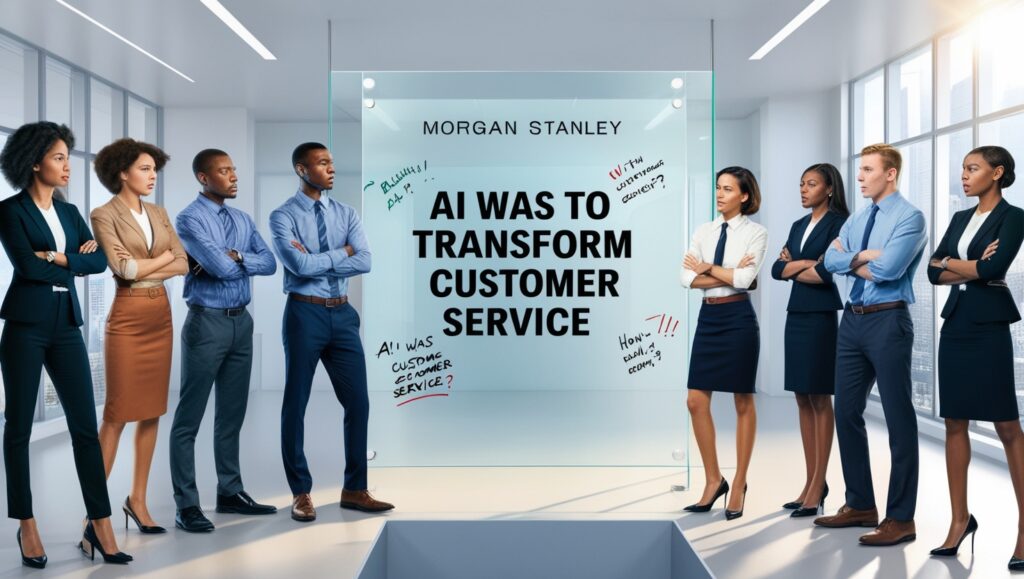Is there any practical application for artificial intelligence nowadays? Does the additional cost of this technology make sense?
The customer-service call centers are expected to provide a good response, as artificial intelligence (AI) can potentially replace or enhance the large number of human employees who answer questions from perplexed and sometimes irate customers.
An AI assistant built on OpenAI’s models was reportedly performing tasks akin to 700 full-time customer support representatives earlier this year, according to startup Klarna. The successful application of artificial intelligence (AI) in contact centers was highlighted by Microsoft CEO Satya Nadella last week. The company uses Dynamics software in these centers.
The issue is that nobody genuinely wants their inquiries about customer service to be answered by machines. Not even the young ones. Morgan Stanley, which has been closely monitoring the use of AI this year, has conducted research to support that claim.
Ask the interns
The investment bank periodically polls its interns to gain a sense of how young people who will become tomorrow’s major consumers use technology.
These interns were recently asked by the bank about using AI-powered customer service representatives. The outcomes were not attractive. It serves as yet another cautionary tale for the tech sector on the possible boundaries of AI adoption in real-world scenarios.
When seeking a solution to a problem, the majority (93%) would rather speak with a person. Ten percent claimed AI chatbots could never fix their issues. According to 75% of respondents, chatbots don’t always succeed in solving their problems.
Analysts at Morgan Stanley pointed out that AI models ought to advance, enabling computers to handle more customer support inquiries and complaints. But they emphasized still another danger as well.
In a note sent to investors this week, the analysts stated that “technological advancement alone frequently cannot force behavioral change that is generally slow and iterative — particularly emotionally-driven complaints or trust-centric conversations.”
From an intuitive standpoint, this makes sense. A human who understands your pain and can resolve the issue quickly—ideally by slicing through red tape and getting it done—is what you want to hear from when you have a problem, especially if it involves something you spent real money for.
The reality of AI
At this point, the AI reality is far from that. Consider the AI chat representatives at Klarna. Software engineer Gergely Orosz called Klarna to test out the system and made notes about his encounter, which he then posted on X.
“Underwhelming,” was his verdict.
In response to his inquiries, he claimed that the AI bots just repeated data that Klarna had previously made accessible. “I’m boom talking with a human agent,” he wrote if he had any questions about something unseen in the documentation.








